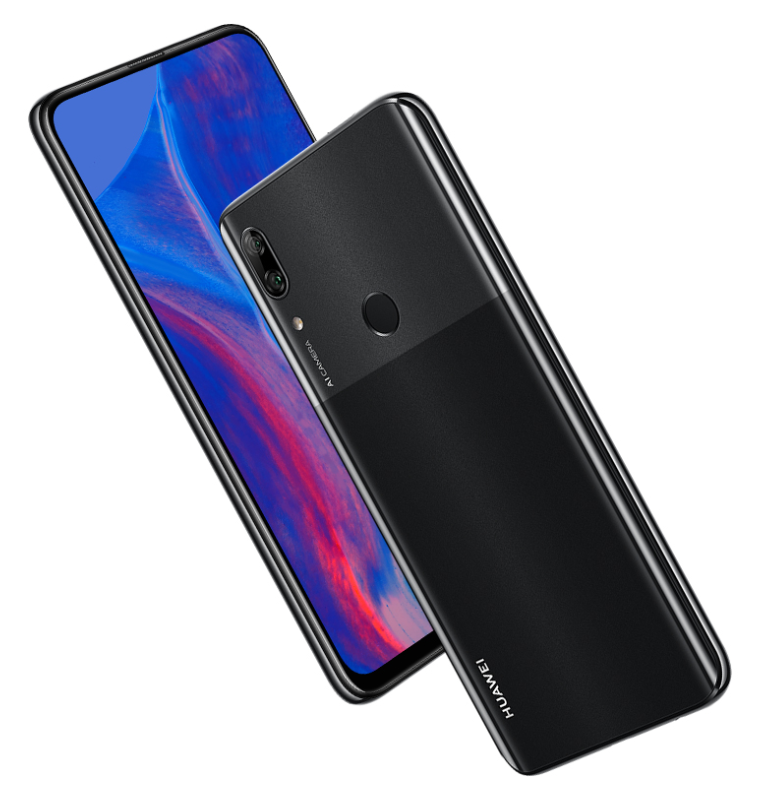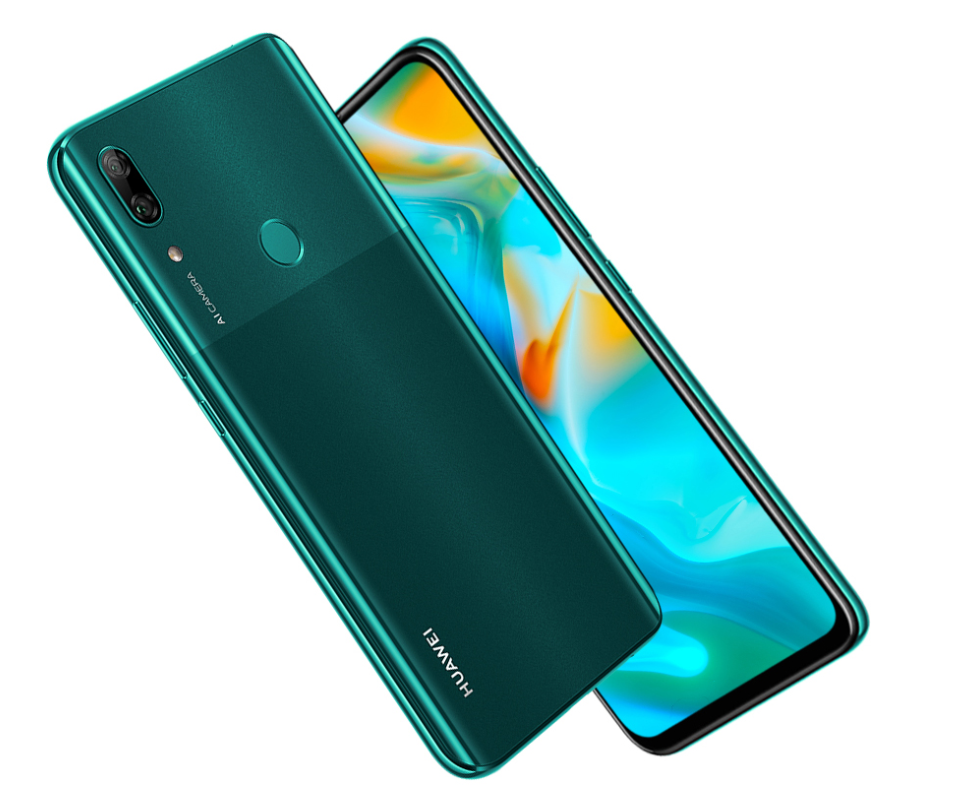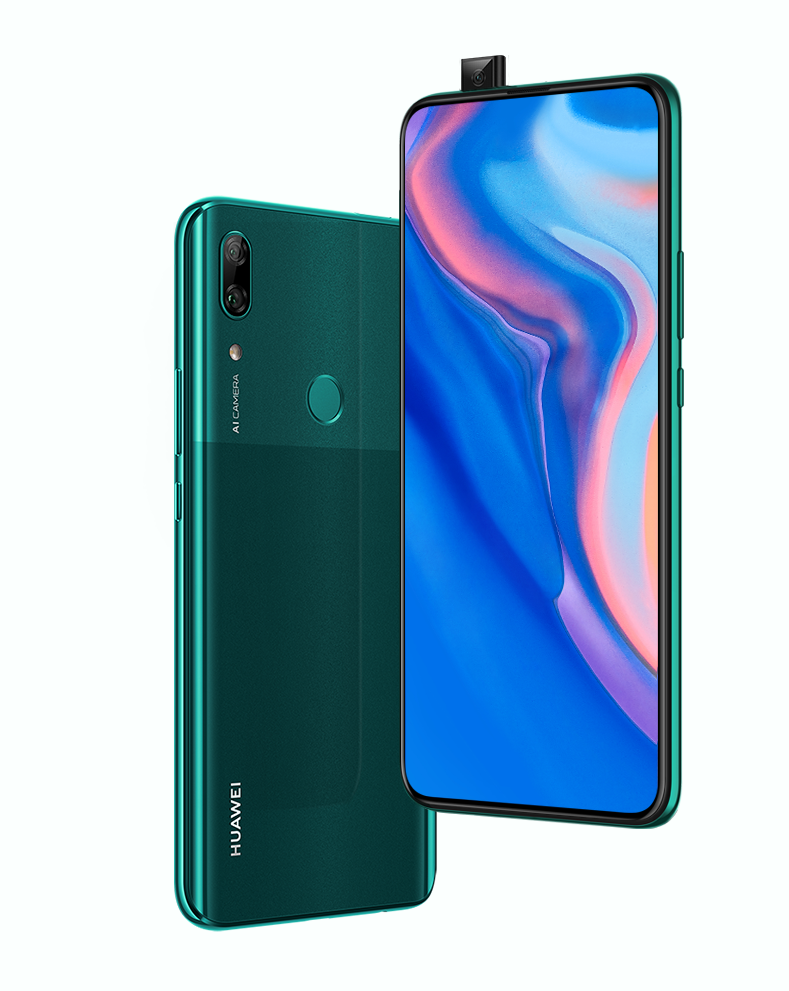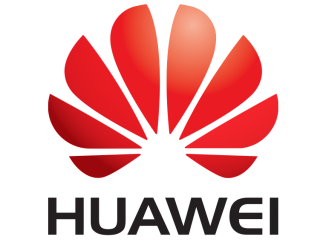
Huawei continues spamming the market with new releases, this time with the P Smart Z, available in Europe.
Artículo disponible en Español | Article disponible en Français
It was recently announced that Huawei had managed to increase their sales by 50% in a stagnating market in the first quarter of this year. This is probably thanks to the continuous investments made by the company in the high-end segment, with new devices incorporating quite a lot of novelties compared to the previous year.
But this position was probably also achieved thanks to the intense spamming of the low-end and mid-range markets, with essentially the same device released with dozens of different variants. This time is no different, with the P Smart Z being essentially the same as the P Smart+, P Smart 2019, P Smart+ (2019) or the P30 Lite: another device with the same RAM, memory configuration, display size and even SoC, the Kirin 710 (even if here it’s the Kirin 710F, but we’ll come back to this later).
If anything, Huawei should be admired for being able to “design” (copy-paste at this point, really) so many devices with the same SoC, which is also used by the Mate 20 Lite and many other variants in its Honor line-up.
Coming back to the new device, Huawei has just announced the P Smart Z (2019), the first device of the company with a pop-up camera. This is not the first time the company tries something like this, with the ShotX released in 2015 having a camera that would… rise up, essentially.
The P Smart Z (2019) uses a similar concept, which has been seen in other devices from other manufacturers in the past: a pop-up selfie camera, allowing for a full screen without notch.
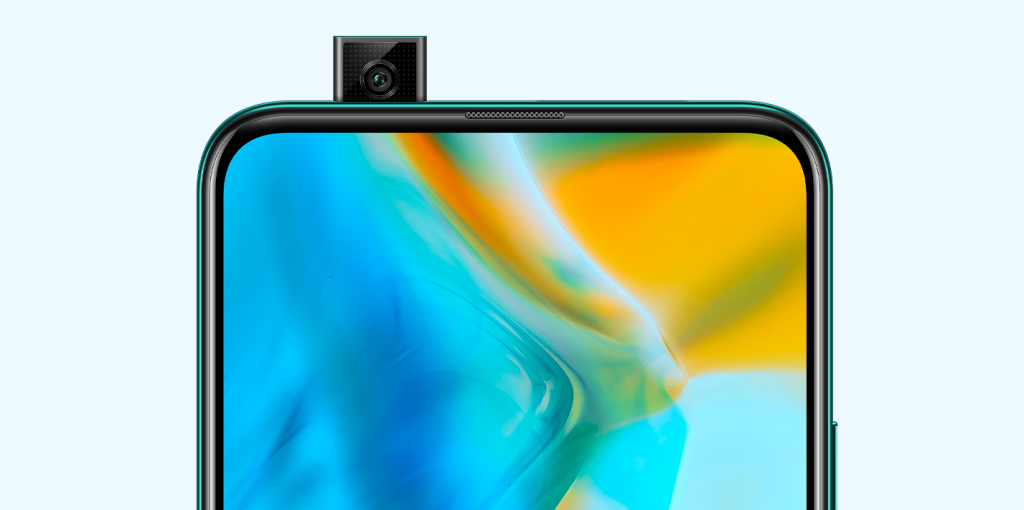
Before talking about the specs of the device, let’s have a look at this pop-up camera and the claims made by the Chinese manufacturer. According to Huawei, it takes a second for the camera to pop-up when the user wants to take a selfie. Once the selfie taken, the camera retracts. From our understanding, this means that, when the user accesses the camera app and uses the front-facing camera, this one rises up, until the user exits the app.
A question that can be asked is, what about resistance? As with other manufacturers, here Huawei will throw a bunch of numbers, saying they’ve tested the mechanism for over 100 000 pop-ups, that it can withstand a pressure of up to 12Kg and can be operated in an environment ranging from -20 °C to 60 °C. As per usual, these claims have to be taken with precaution, as usually the environment the devices are tested is clean and controlled. There are high chances a bit of dust or sand could ruin the pop-up camera, with sand having already ruined charging ports and even batteries on other devices.
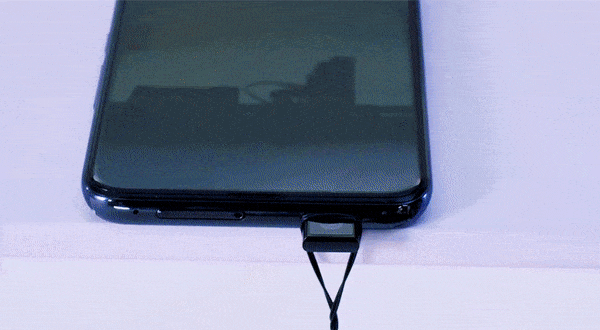
Coming back to the device, this one is available in 3 different colours, depending on the market: Midnight black, Emerald Green and Starlight Blue. The renders show a rather cool effect, similar to what Google did with their Pixel 3 XL, with pieces of two different colours.
The display is a massive 6.59 inches, without notch, using an LCD panel and having a resolution of 2340*1080 pixels. The top bezel has an earpiece, similar to what was done on the P30. The rest of the specifications are rather standard, with the device having 4GB of RAM and 64GB of internal storage, expandable via microSD up to 512GB. The device packs a 4 000mAh battery, which, seeing the similar specs to the P Smart+ (2018), should last over a day of normal use. This time, Huawei has opted for a Type-C charger, instead of a microUSB, which is a good thing.

For the cameras, Huawei has decided to stick to a 16MP+2MP set-up on the back, and a 16MP front camera with a new 3D portrait mode. As per usual, the camera comes with AI features, allowing it to recognize 22 categories and over 500 scenes in real time.
Now, the processor in this device is, yet again, the Kirin 710…F. Yes, that’s right, this seems to be the first device of Huawei powered by this new variant of the Kirin 710, released last Summer. There isn’t much information on how this “F” variant differs from the regular Kirin 710, although from the limited information available, it would seem the 710 supports up to 6GB of RAM, while the 710F only supports up to 4GB of RAM. The press release claims “single-threaded performance 75% higher, multi-threaded performance is 68% higher and GPU energy efficiency is doubled” compared to “last generation”. A quick search reveals this is exactly the same numbers as for the regular Kirin 710 compared to the older Kirin 659, which should more or less confirm that the Kirin 710F performs the same as the regular 710.
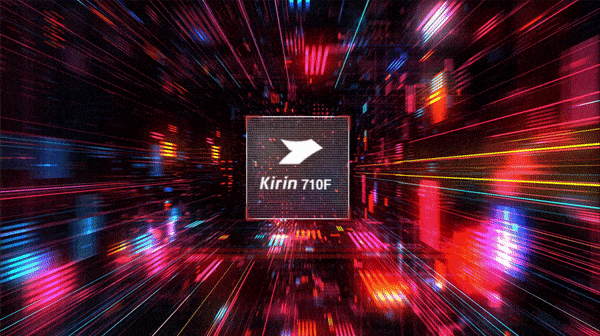
The device is already available in Spain, UK and Italy, priced at 279€, although Amazon specifies a wait time of about 1 to 2 months.
Here are the full specifications of the P Smart Z (2019):
- Kirin 710F (AI capabilities)
- 4GB of RAM
- 64GB of internal storage, expandable with microSD cards up to 512GB
- 6.59” FHD+ TFT LCD display, with 2340×1080 pixels resolution
- 163.5×77.3×8.8 mm, 196.8 grams
- Front pop-up camera, 16 MP, f/2.2
- Dual camera setup:
- 16 MP, f/1.8
- 2 MP, f/2.2
- 4 000mAh battery, USB Type-C Charger
- EMUI 9.0.1/Android 9.0
- Connectivity:
- Dual nano-SIM support
- 4G LTE CAT.6, download up to 300Mbps, upload up to 50Mbps
- WiFi: 802.11 a/b/g/n/ac 2.4GHz/5GHz
- Bluetooth 4.2
- GPS/A-GPS/GLONASS
- Sensors:
- Fingerprint reader on the back
- Ambient light sensor
- Digital compass
- Gravity sensor
- Gyroscope sensor
- Headphone jack
- NFC support
- Available in 3 colours: Midnight Black, Emerald Green and Starlight Blue
- The price is as follows:
- 4GB+64GB for 279€
More on this subject:

